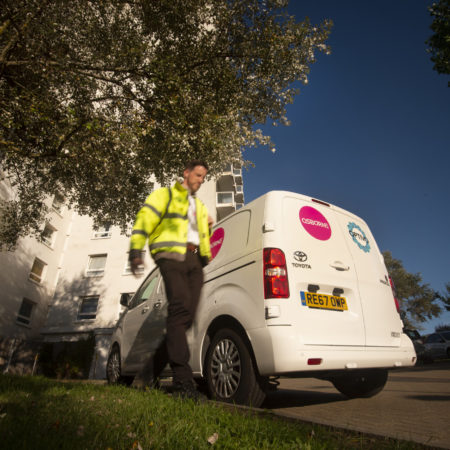Will Your Compliance Regime Satisfy The New Building Safety Regulator?
The Building Safety Bill is expected to become law early in 2023. In reality, this doesn’t leave social housing providers much time to ensure that compliance regimes will meet new structural safety requirements and clarify their lines of accountability.
When the act comes into force there will be a new category of ‘high risk’ buildings over 18m high. There will also be greater powers for residents to compel landlords to take action over safety and building condition concerns. All of this will be enforced through a new regulator with wide-ranging powers.
Compliance in large social housing providers is a complex task, made more difficult during the Covid pandemic. But that doesn’t guarantee that social landlords will be given much leeway. The regulator will almost certainly take the view that providers have had enough time to ensure that properties and processes are compliant.
The Accountable Person
Under the coming legislation, an ‘accountable person’ will have legal responsibility for assessing fire safety risks, coordinating any remedial action, registering high-rise buildings and managing building safety information. That is potentially a lot of compliance data that has to be managed.
Dedicated duty holders will be responsible for maintaining a comprehensive safety case for each building containing all relevant safety-related information.
Social housing providers need clear plans to ensure that the ‘golden thread’ of safety information can be efficiently stored, tracked and updated throughout the lifecycle of the building.
Risk Management
Providers will also be expected to demonstrate a risk-based approach to building safety. This has to start with an accurate assessment of risks, which, in turn, relies on having comprehensive building condition data that is easy to interrogate and share.
Maintaining 100% safety compliance is a process that runs on data. For social housing landlords with multiple organisations involved in delivering property services this creates a problem. If each organisation has their own systems and data formats, how do you bring all of that together into a single view of compliance data that you can trust?
Osborne Property Services has created a solution that extracts key compliance data from multiple feeds – even PDF documents. It then collates information into a clear data dashboard to give a constantly updated overview of compliance and highlight where you need to take action.
For more information, visit our free housing compliance resource centre or contact Alex McLean [email protected].

